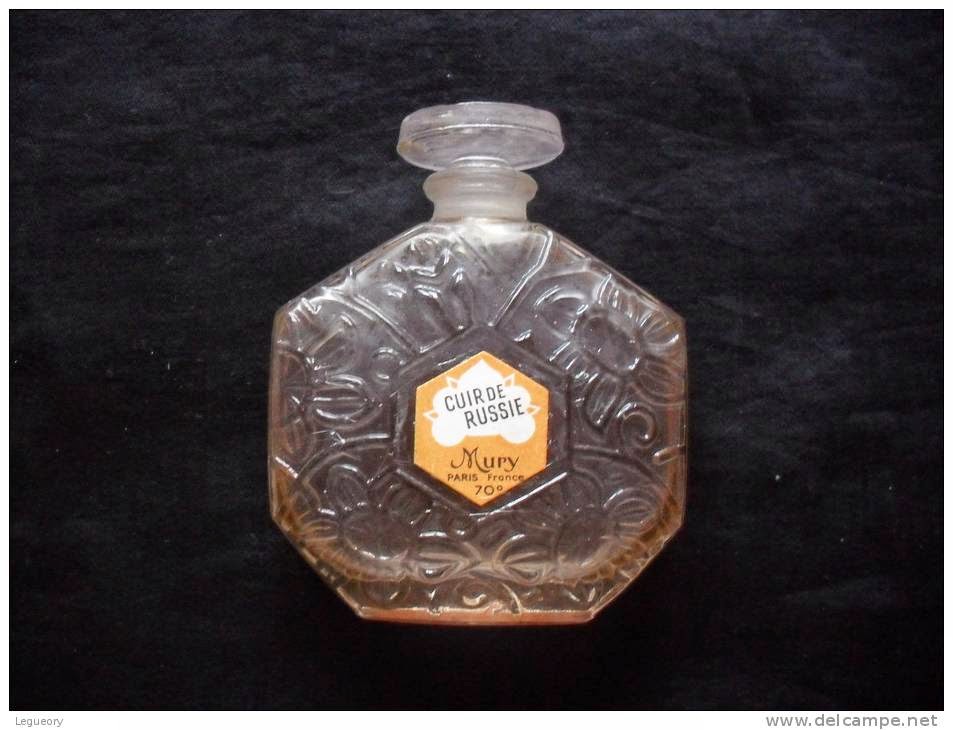 |
| www.wowberlinmag.com/wow-beauty-monsieur-guerlain-unveils-its-dna-cuir-de-russie/ |
Every
modern traveller would say without doubt that Siberia smells of cold
air. After thinking for a moment, he will also name the aroma of
resin, hovering in warm months over the taiga, and the scent of oil
emanating from oil fields and leaky pipelines.
Przez wieki jednak Syberia kojarzyła się z zapachem... skór którymi były wyłożone sanie, podstawowy środek lokomocji w krainie, w której zima trwa nawet 9 miesięcy. Co dziwne, to właśnie ta woń, a nie aromaty rosyjskich ziół, kwiatów czy drzew, stała się niemal symbolem carskiego imperium i romantycznej rosyjskiej duszy. I to wcale nie dlatego, że za Ural zsyłano najwybitniejszych artystów z Dostojewskm na czele, lecz za sprawą... wymiany handlowej z Zachodem.
For ages, however,
Siberia was associated with the scent of... leather, with which
sleighs, which used to be the primary source of locomotion, were
lined. What's strange, exactly this scent, and not the aroma of
Russian herbs, flowers, or trees, almost became the symbol of the
Russian Tsar's empire, and the romantic Russian spirit. And it was
not because that the most skilled artists were sent as far as to the
Urals with Dostoyevsky in charge, but because of... trade with the
West.
 |
| www.delcampe.net |
W
XIX wieku jednym towarów importowanych z Rosji były skóry - jasne,
cielęce, a co najważniejsze impregnowane sokiem brzozowym, co
dawało im niepowtarzalny armat. Perfumiarzom udało się uzyskać
substancję imitującą tę woń i nazwali ją "rosyjska skóra".
Jej kariera w perfumiarstwie nabrała tempa kiedy po roku 1917
odkryli ją rosyjscy emigranci, u których wywoływała wspomnienia
wielkich rosyjskich przestrzeni i podróży przez syberyjskie lasy.
In
the 19th century, one of the resources imported from
Russia was leather – light leather, calf leather, and most
importantly, impregnated with birch sap, which gave it a unique
aroma. Perfumers managed to acquire the substance imitating this
scent and named it „Russian leather”. Its career in perfumery
developed quickly when it was discovered by Russian immigrants after
the year 1917, which reminded them of the large Russian spaces and
travel through Siberian forests.
 |
| www.fragrantica.com |
Nic więc dziwnego, że szybko stała się ważnym składnikiem wielu
perfum, a uciekinier z Moskwy Ernest Beaux wykreował nawet dla
Chanel pachnidło o nazwie Cuir de Russie (rosyjska skóra). Dzisiaj
zapach dawnej Syberii można poczuć choćby w perfumach Givenchy
Gentleman, lecz zapewne niewielu osobom będzie kojarzył się z
azjatycką częścią Rosji. Chyba lepiej zadziałałaby na
wyobraźnię woń znoszonej kufajki...
It is not surprising, therefore, that it quickly became an important ingredient of many perfumes, and the fugitive from Moscow named Ernest Beaux made a perfume for Chanel by the name of „Cuir de Russie” (french for „Russian leather”). Today, the scent of earlier Siberia can be smelled in Givenchy Gentleman, but it most likely will remind few people of the Asian part of Russia. The scent of worn Russian clothing would probably work better on the imagination.
It is not surprising, therefore, that it quickly became an important ingredient of many perfumes, and the fugitive from Moscow named Ernest Beaux made a perfume for Chanel by the name of „Cuir de Russie” (french for „Russian leather”). Today, the scent of earlier Siberia can be smelled in Givenchy Gentleman, but it most likely will remind few people of the Asian part of Russia. The scent of worn Russian clothing would probably work better on the imagination.
Opublikowane w "krakowskim" Przekroju wieki temu... ;)


Brak komentarzy:
Prześlij komentarz